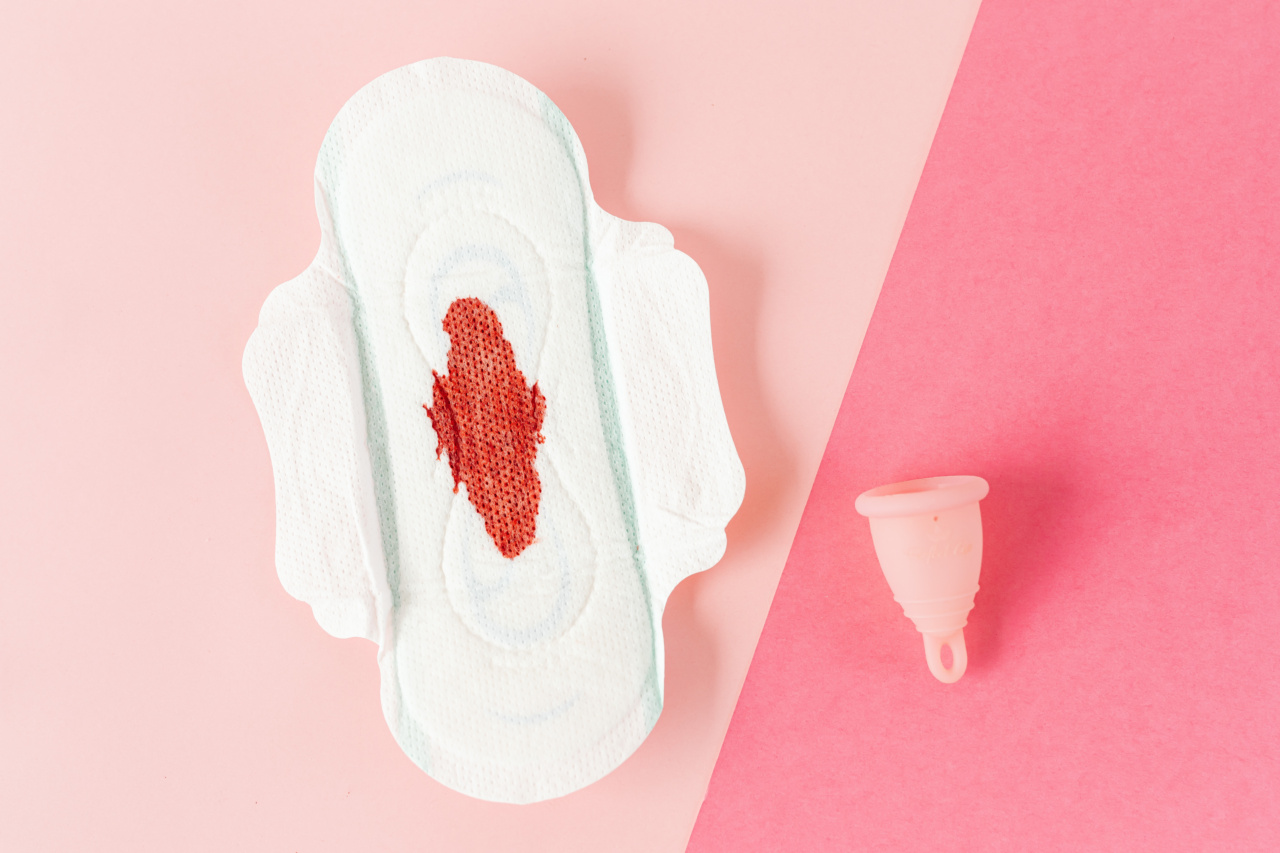Ovarian cancer is one of the most deadly gynecological cancers affecting women around the world. It often goes undetected until advanced stages, making it difficult to treat.
However, a recent breakthrough has shown that menstrual pads may hold the key to early detection of this silent killer.
The Importance of Early Detection
Ovarian cancer is notoriously difficult to detect in its early stages. Symptoms are often vague and easily dismissed as ordinary menstrual issues or digestive problems.
By the time the cancer is diagnosed, it has usually spread beyond the ovaries, which significantly diminishes the chances of successful treatment. Consequently, a method of early detection is crucial in improving outcomes for patients.
The Promise of Menstrual Pads
Researchers have discovered that menstrual pads may provide a unique tool for detecting ovarian cancer early on. The lining of the uterus, which is shed during menstruation, carries vital information about a woman’s reproductive health.
By analyzing the components of menstrual blood, it is possible to identify specific biomarkers that indicate the presence of ovarian cancer.
How it Works
When a woman uses a menstrual pad, it collects more than just blood. It also contains cells and other materials that shed from the uterus during menstruation.
By analyzing these materials, scientists can search for specific biomarkers that are associated with ovarian cancer. This non-invasive method of collection allows for early detection with minimal discomfort or inconvenience.
The Future of Ovarian Cancer Detection
The use of menstrual pads for early detection of ovarian cancer is still in the early stages of development. Nevertheless, several studies have shown promising results.
Researchers are currently working on refining the techniques for analyzing the collected materials and identifying the most reliable biomarkers. Once perfected, this method could revolutionize the way ovarian cancer is detected.
Potential Benefits
The potential benefits of using menstrual pads for detecting ovarian cancer are numerous. Firstly, it offers a non-invasive and painless method of collection, which is more convenient and comfortable for women.
Secondly, it provides a cost-effective screening tool that can be easily integrated into routine gynecological care. Thirdly, it has the potential to detect the cancer at an early stage, significantly improving survival rates and treatment outcomes.
Challenges and Limitations
While the use of menstrual pads for detecting ovarian cancer holds great promise, there are still challenges and limitations to consider. Firstly, more research is needed to validate the accuracy and reliability of this technique.
Secondly, there may be variations in biomarker levels that can be influenced by factors such as hormonal changes, menstrual irregularities, or other conditions. Overcoming these challenges is essential before widespread implementation can occur.
Collaboration and Research
In order to advance this innovative method of ovarian cancer detection, collaboration between researchers, medical professionals, and manufacturers of menstrual products is crucial.
By pooling resources and expertise, it will be possible to conduct further studies, refine the detection techniques, and develop the necessary diagnostic tools.
A Promising Future
The potential for using menstrual pads to detect ovarian cancer in the future is truly exciting.
With further research and development, this non-invasive and accessible method could revolutionize early detection and significantly improve outcomes for women at risk of developing ovarian cancer.
Conclusion
Ovarian cancer is a silent killer that often goes unnoticed until it reaches advanced stages. The use of menstrual pads for detection holds great promise, offering a non-invasive, cost-effective, and convenient method of early screening.
However, more research and collaboration are needed to refine the techniques and establish the accuracy of this method. With continued efforts, we may soon witness a breakthrough in ovarian cancer detection and ultimately save countless lives.





























